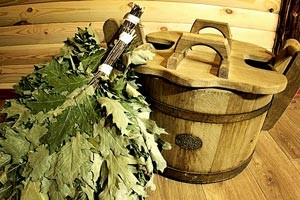 Do you like to bathe in the country in a bath? We will tell you how to make an oak bath broom! From childhood, a chorus of counters has been heard: “Brooms, brooms ... There is water in the washstand ...” Since ancient times, both washstands and goliks - the so-called knotted branches - are the most active attributes of bathing in the bathhouse. But the washstands vanished in the summer, they were replaced by a modern water supply. But brooms, holiks - the song of a steamed soul - can not be replaced with anything but the real branches of a young tree. We choose oak.
Do you like to bathe in the country in a bath? We will tell you how to make an oak bath broom! From childhood, a chorus of counters has been heard: “Brooms, brooms ... There is water in the washstand ...” Since ancient times, both washstands and goliks - the so-called knotted branches - are the most active attributes of bathing in the bathhouse. But the washstands vanished in the summer, they were replaced by a modern water supply. But brooms, holiks - the song of a steamed soul - can not be replaced with anything but the real branches of a young tree. We choose oak.
Content
Do-it-yourself oak bath broom
The oak knot of branches brings man the strength that nature has given to powerful and powerful trees, growing through generations of people, hiding the secrets of centuries in rings. He will bring pleasure from the bath, the master knows how to make an oak bath broom, at what time to cut branches, how to save the tree, so that strong young shoots will continue to grow, from which the master will tie another gift for lovers to take a steam bath.
Excellent knitwear-goliki are obtained from the branches of old trees hardened by winds and frosts. Knitters take care of young trees younger than 5 years old. Branches are taken in two pores - during the lush flowering of meadow forbs, and in the first winter frosts, when the oaks have not yet lost their foliage. Winter oak is considered the most useful person, that in the steam room receives strength and resistance to any troubles.
Interesting! High-quality brooms are knitted from different oak species: winter, petioled, alpine. These are the main types of oak growing in Russia. Dense forests are kept by three hundred year old trees; the branches of such an oak will bring the greatest strength and health.
Read also:
Types of knitting brooms
Lovers of fresh oak steam usually harvest the bundles themselves. They know that there are two types of brooms - round and flat, fan-shaped. So the method of their knitting is determined - in a circle, or with a revolution, knitting with a "shovel".
In a circle, the branches are folded, like in a bouquet. The strongest branch is laid in the middle, branches with wide leaves are laid around it, branch by branch, densely stem to stem. In this case, it is necessary to ensure that the leaves remain the front side of the folding “bouquet”, and the back of the sheet to the center of the bundle. The thickness of the handle is determined by a comfortable girth with the palm of your hand, or in average values - no more than 5 cm in diameter. This thickness of the handle ensures the normal drying of all twigs tied together.
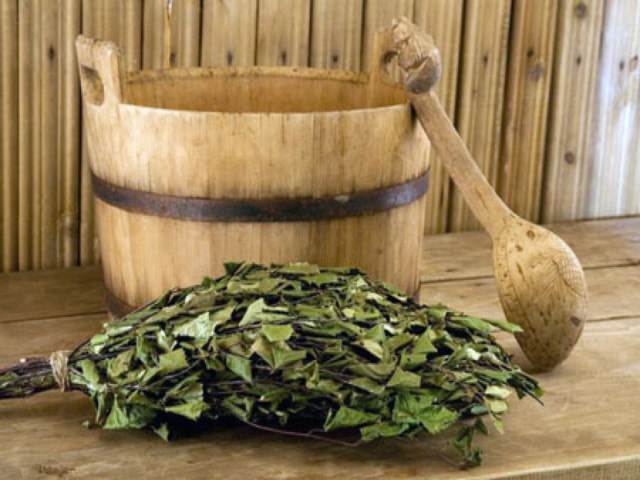
Any materials are used for dressing, according to the taste of the knitter himself - wire, wire in plastic harness, hemp cord. Here, too, there is a secret: after the branches have completely dried, you need to tighten the band a little, because the branches dry out, and the knit handle becomes slightly thinner.
Each master can choose how to make an oak bath broom to his taste and abilities. Knitting with a “shovel” is a special way to initially make a broom flat and easy to use. The master first collects one side of the knit, then flips the workpiece and complements the second side.
The same principles are followed:
- branches should be without knots and thorns, flexible and juicy;
- the leaves should be very large, which can only be found deep in the forest, or high in the mountains;
- a thicker branch is laid in depth, thinner branches are tied to the edges;
- the leaves should face outward on the broom;
- the binding is tight enough so that the broom holds its shape, and loose enough so that when it dries, it penetrates to each branch, to each leaf.
Finished products are dried in the old fashion: tied in pairs, so they are more convenient to hang on a rope. Vapors are hung freely for maximum air access. Drying under a double roof is desirable, as in the old attics in village houses. Today, the same roofs are returning to wooden housing construction.
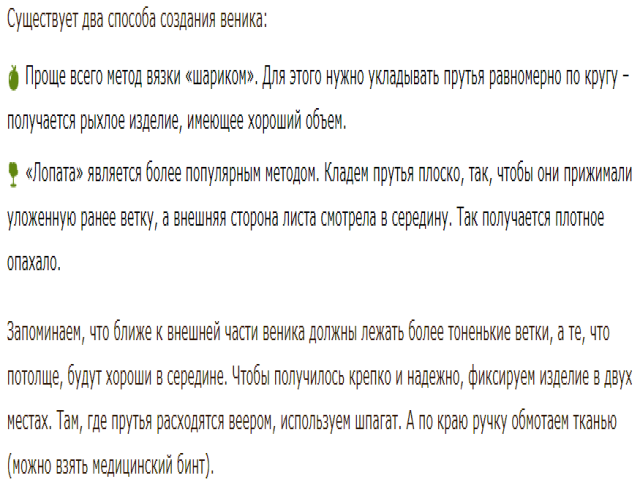
Some knitters immediately lay their products, knitted in a round manner, under oppression, to give them a flat shape. However, experienced craftsmen put only well-dried brooms under the press. Check the degree of drying with their instincts, tactile sensations. To do this, you need to touch the middle with your hand, gently pushing the branches apart. From the unfinished leaves and stems comes the invigorating coolness.

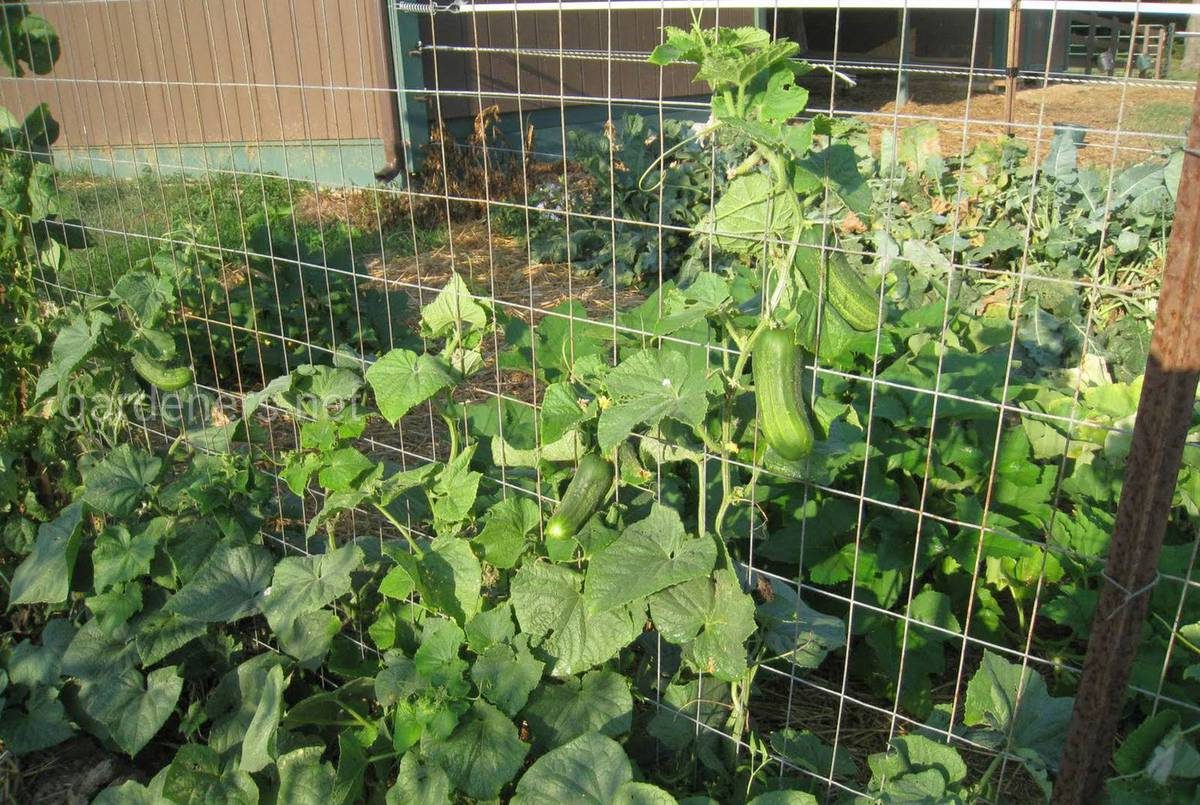
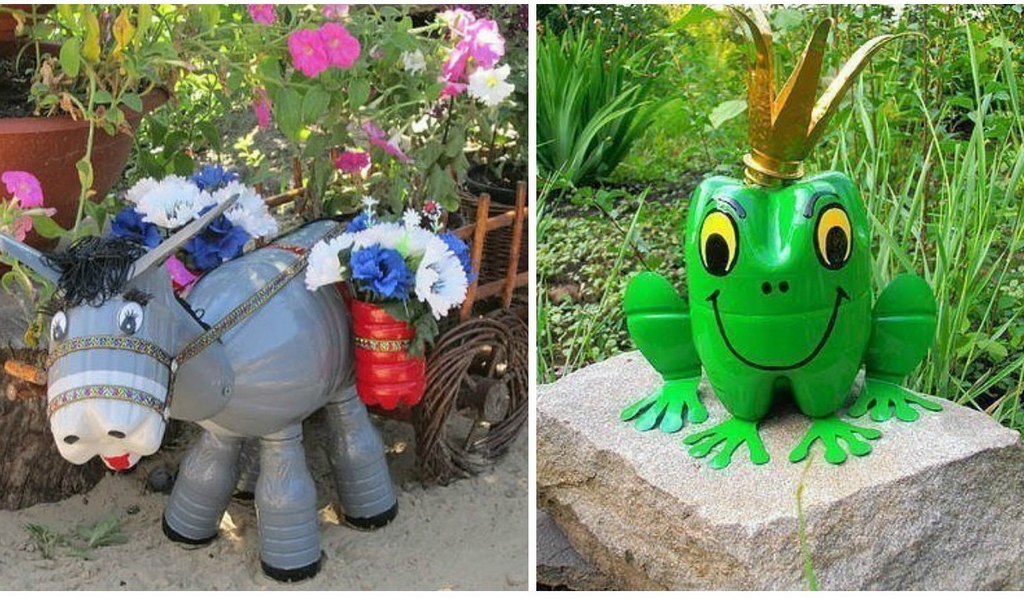
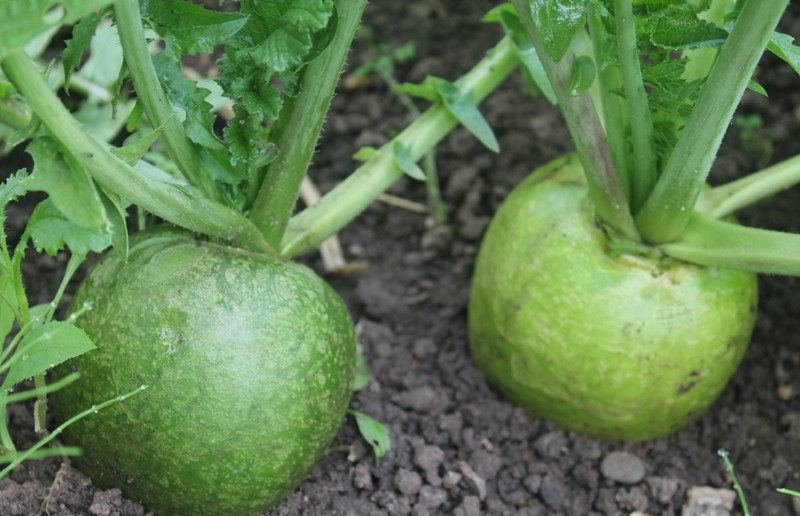
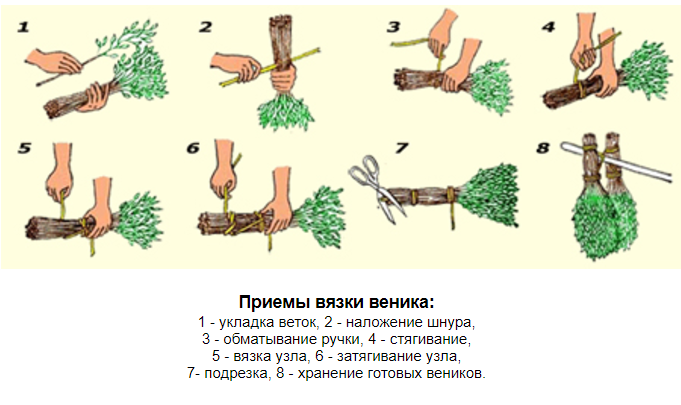
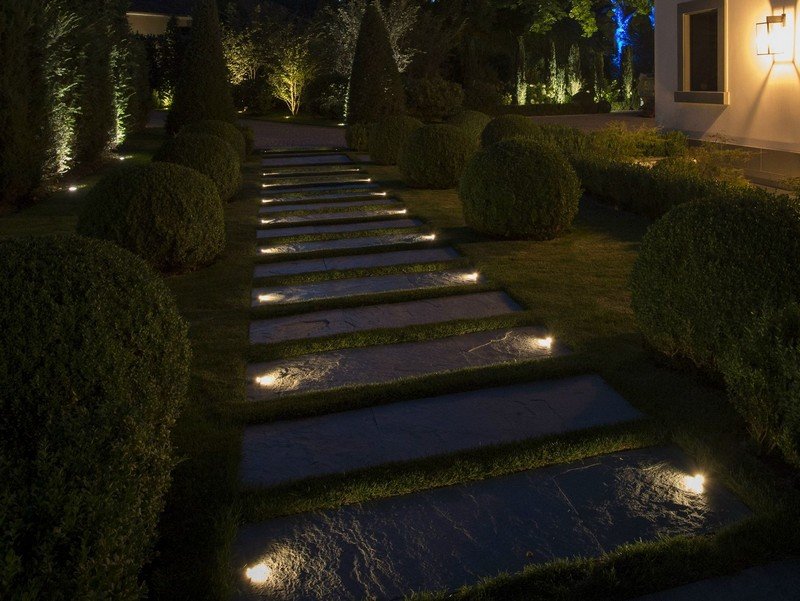 How to decorate and highlight garden paths in an original way?
How to decorate and highlight garden paths in an original way?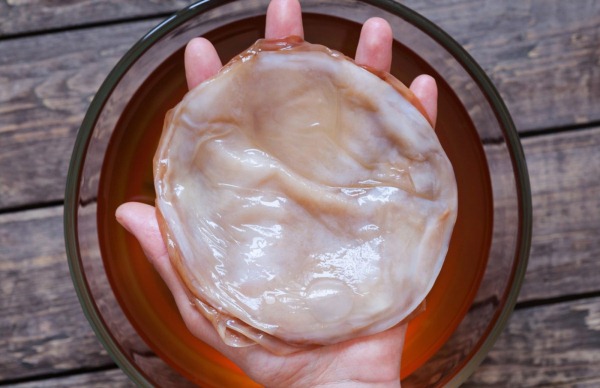 How to grow Kombucha "from scratch"?
How to grow Kombucha "from scratch"?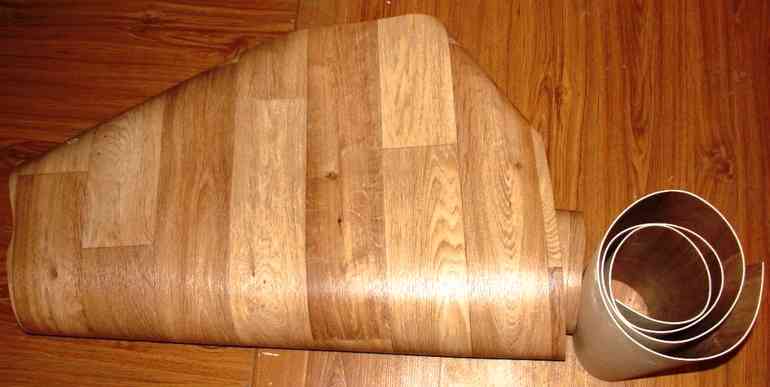 8 practical ideas for using linoleum in the garden
8 practical ideas for using linoleum in the garden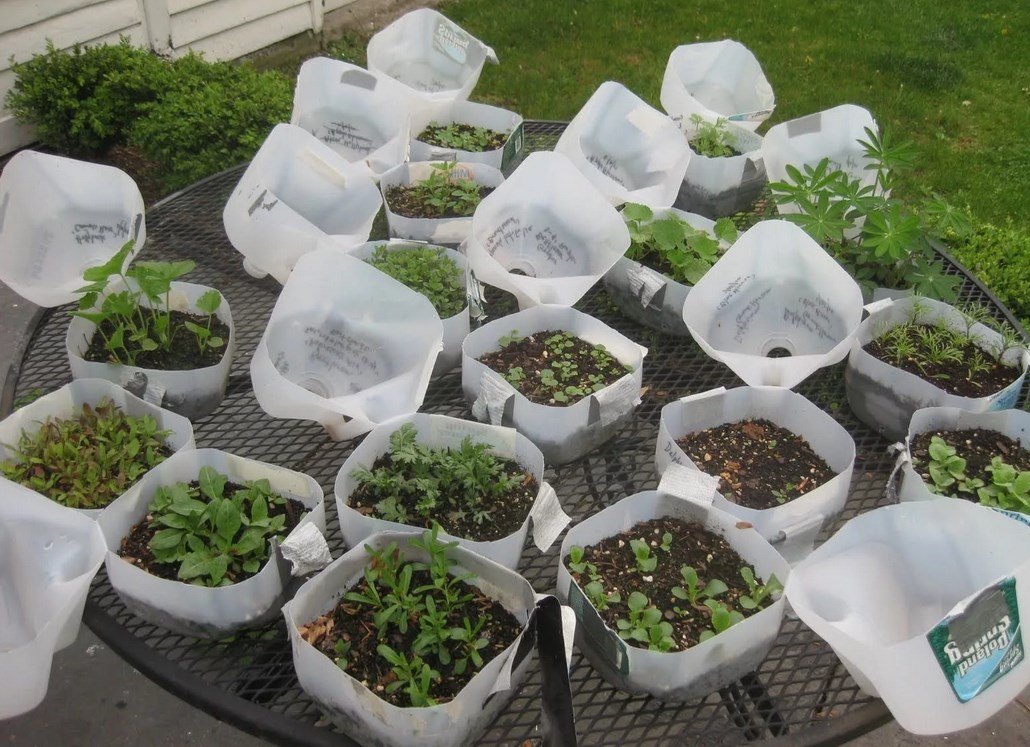 Useful crafts from do-it-yourself canisters for the garden
Useful crafts from do-it-yourself canisters for the garden